Living with chronic skin conditions like psoriasis or vitiligo can be challenging, but advancements in home-based treatment options, such as UVB light therapy, have made managing these conditions more convenient. UVB light therapy at home offers a practical solution for individuals seeking effective treatment in the comfort of their own home. This article will explore the benefits, uses, and safety tips for undergoing UVB phototherapy at home, ensuring you feel confident and informed about integrating this therapy into your treatment plan.
What Is UVB Light Therapy?
UVB light therapy is a form of phototherapy that uses ultraviolet light to treat various skin conditions. Narrowband UVB, a specific wavelength of ultraviolet light, is particularly effective for managing psoriasis, vitiligo, and other skin conditions. By targeting overactive skin cells, this therapy helps reduce the symptoms of these disorders, offering a safe and effective treatment option.
Unlike office-based phototherapy, home UVB phototherapy provides the same benefits with greater privacy and flexibility. It’s used to treat psoriasis symptoms, vitiligo, and other skin conditions, offering relief without the need for frequent clinic visits.
Types of Phototherapy
There are several types of phototherapy available, including:
- Narrowband UVB Therapy: The most common and effective treatment for conditions like psoriasis.
- Broadband UVB Therapy: Less targeted but still beneficial for some skin conditions.
- PUVA Therapy: Combines UVA light with a topical or oral photosensitizing agent.
- Red Light Therapy: Used for different purposes, such as skin rejuvenation and reducing inflammation.
Narrowband UVB is the most widely recommended for home use due to its effectiveness and safety profile.
Benefits of Home Phototherapy
- Convenience: Treating psoriasis, vitiligo, and other conditions at home eliminates the need for frequent clinic visits.
- Cost-Effective: Investing in a home phototherapy unit can reduce long-term medical expenses.
- Privacy: Enjoy the comfort of your own home while undergoing treatment.
- Consistency: Establishing a treatment schedule tailored to your needs.
- Accessibility: Effective for patients with limited access to dermatological clinics.
Home UVB phototherapy is generally safe and effective, but it’s crucial to follow medical advice to minimize the risk of skin damage.
How Phototherapy Works
Phototherapy works by slowing down the overproduction of skin cells, which is a hallmark of conditions like psoriasis and vitiligo. UVB rays penetrate the skin and target affected areas, reducing inflammation and alleviating symptoms such as redness, scaling, and itching. For psoriasis, phototherapy may reduce the appearance of plaques and other symptoms, making it an effective treatment for psoriasis.
Setting Up Your At Home Phototherapy Unit
To begin home phototherapy, you’ll need a phototherapy lamp or light therapy device designed for home use. Here are the steps to get started:
- Consult Your Dermatologist: Always get a recommendation and treatment plan from a medical professional.
- Choose the Right Equipment: Invest in a phototherapy unit suitable for your skin type and condition.
- Prepare the Treatment Area: Set up the lamp in a safe, dedicated space.
- Read Instructions: Familiarize yourself with the use of UVB phototherapy equipment.
- Follow a Treatment Schedule: Most treatments are done two to three times per week.
Safety Tips for Home Phototherapy
- Use Protective Gear: Wear goggles to shield your eyes from UV exposure.
- Limit Exposure: Avoid overexposure to UV light to reduce the risk of skin cancer.
- Monitor Skin Response: Keep track of how your skin reacts and adjust treatment accordingly.
- Follow Medical Guidance: Stick to the treatment plan prescribed by your dermatologist.
- Understand Risks: While phototherapy provides significant benefits, it may increase the risk of skin cancer if misused.
Common Conditions Treated with UVB Light Therapy
UVB light therapy is used to treat various skin conditions like psoriasis, vitiligo, and eczema. For psoriasis, it’s particularly effective in managing plaque psoriasis, guttate psoriasis, and scalp psoriasis. Home phototherapy for psoriasis is a safe and effective treatment that many patients find preferable to topical medications or systemic therapies.
Phototherapy Treatment Schedule
The treatment schedule for home UVB phototherapy typically involves:
- Initial Phase: Short sessions to test your skin’s response to treatment.
- Progressive Increases: Gradual increases in exposure time based on your skin type.
- Maintenance: Two to three sessions per week for ongoing management of symptoms.
Your dermatologist will design a personalized treatment plan to suit your needs and monitor your progress.
Choosing the Right Phototherapy Equipment
When selecting a home phototherapy unit, consider the following:
- Strength of the Light: Ensure it provides narrowband UVB rays.
- Treatment Area: Choose a lamp that accommodates the size of the area you need to treat.
- Safety Features: Look for units with built-in timers and UV shields.
- Ease of Use: Opt for equipment that’s straightforward to operate.
Monitoring Progress and Adjusting Treatment
Regularly assess your response to treatment by tracking improvements in your skin condition. The National Psoriasis Foundation recommends consulting your dermatologist periodically to evaluate your treatment’s effectiveness and make any necessary adjustments. Monitoring tools like the Psoriasis Area and Severity Index can help gauge progress.
FAQs on UVB Light Therapy at Home
1. Is home phototherapy safe? Phototherapy is generally safe when used under medical supervision and following recommended guidelines.
2. How often should I use my phototherapy lamp? Most patients undergo treatment two to three times per week. Your dermatologist will recommend a schedule.
3. Can UVB phototherapy cause skin cancer? While prolonged UV exposure may increase the risk of skin cancer, adhering to a safe and effective treatment schedule minimizes this risk.
4. What are the alternatives to UVB therapy? Topical treatments, systemic medications, and biologics are alternative options. However, many patients find that phototherapy provides significant relief.
Conclusion
UVB light therapy at home is an effective treatment for psoriasis, vitiligo, and other skin conditions. By using a phototherapy unit in the privacy of your own home, you can enjoy convenience, affordability, and consistent results. Remember to consult your dermatologist, follow a treatment plan, and monitor your progress to ensure safe and effective outcomes.
A vacuum skin cleaner is the perfect solution for those who want to keep their skin in perfect condition. With its help, you can easily and effectively take care of your skin, achieving visible results after the first procedures! You can buy this cleaner at a low price in our store.
Key Takeaways:
- UVB phototherapy is a safe and effective treatment for psoriasis and other skin conditions.
- Home phototherapy provides privacy, convenience, and cost savings.
- Always consult your dermatologist and adhere to a treatment schedule.
- Choose a phototherapy unit designed for home use with appropriate safety features.
- Monitor your skin’s response and adjust treatment as needed.
Empower yourself with the knowledge to manage your skin condition effectively with UVB light therapy at home, transforming your approach to care and improving your quality of life.

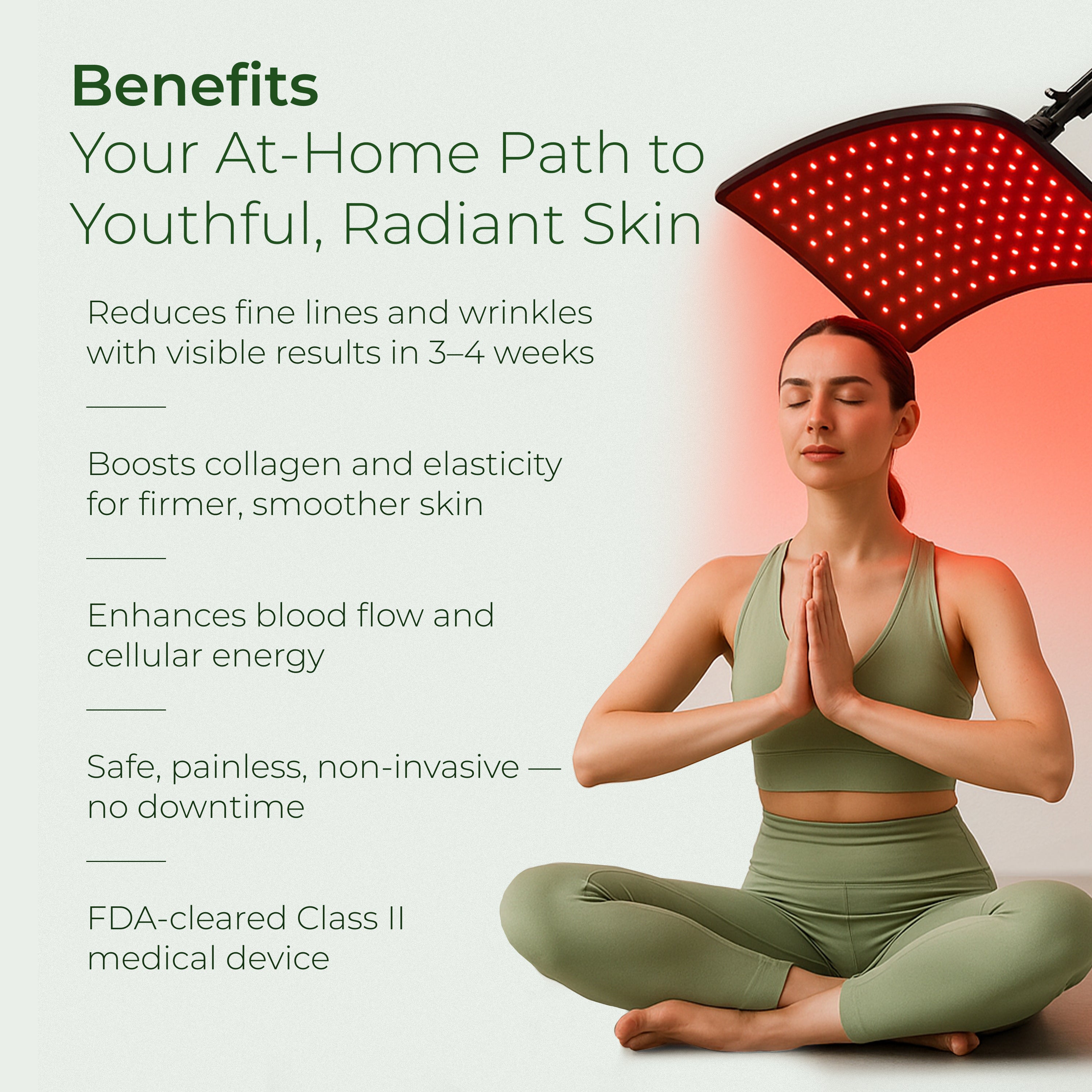
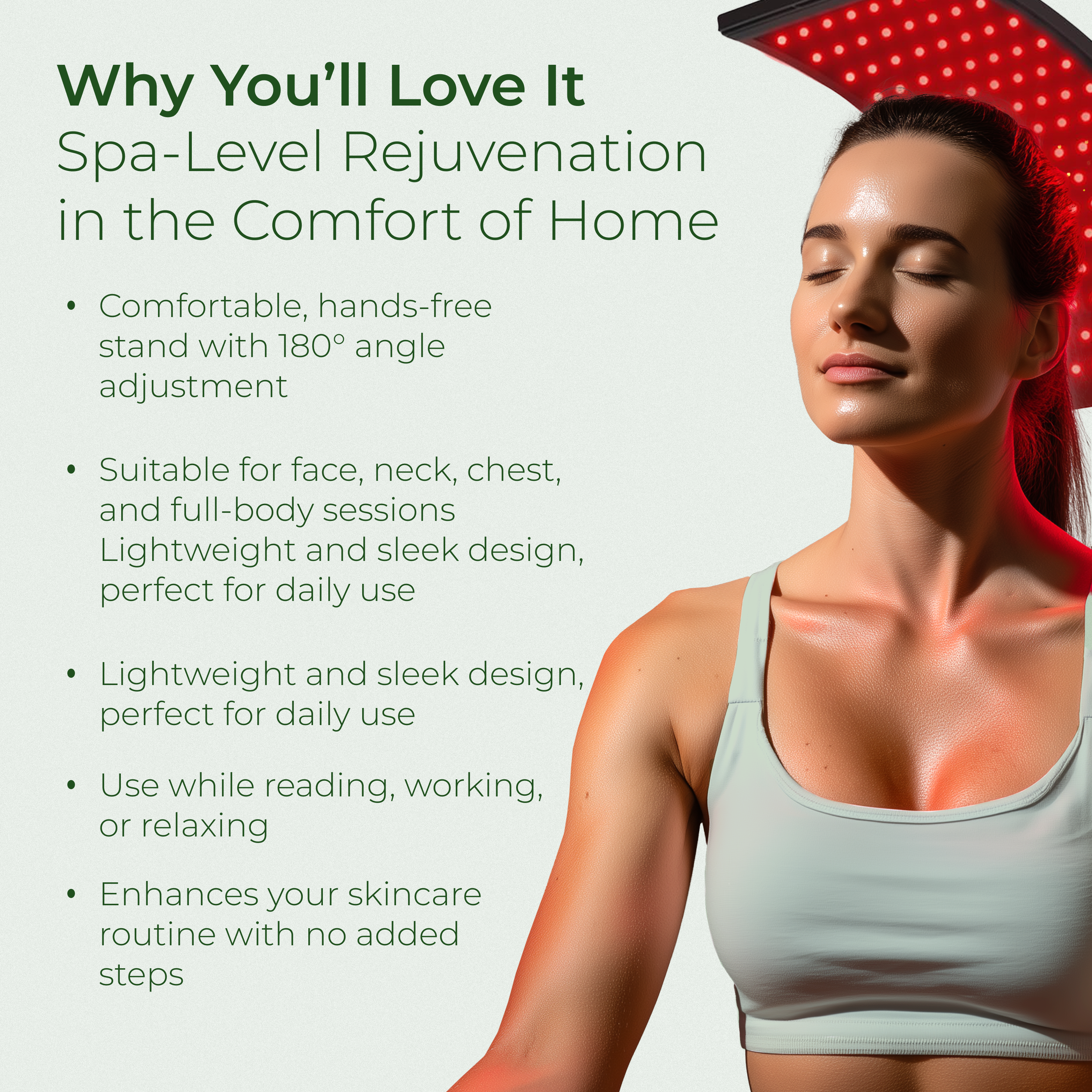
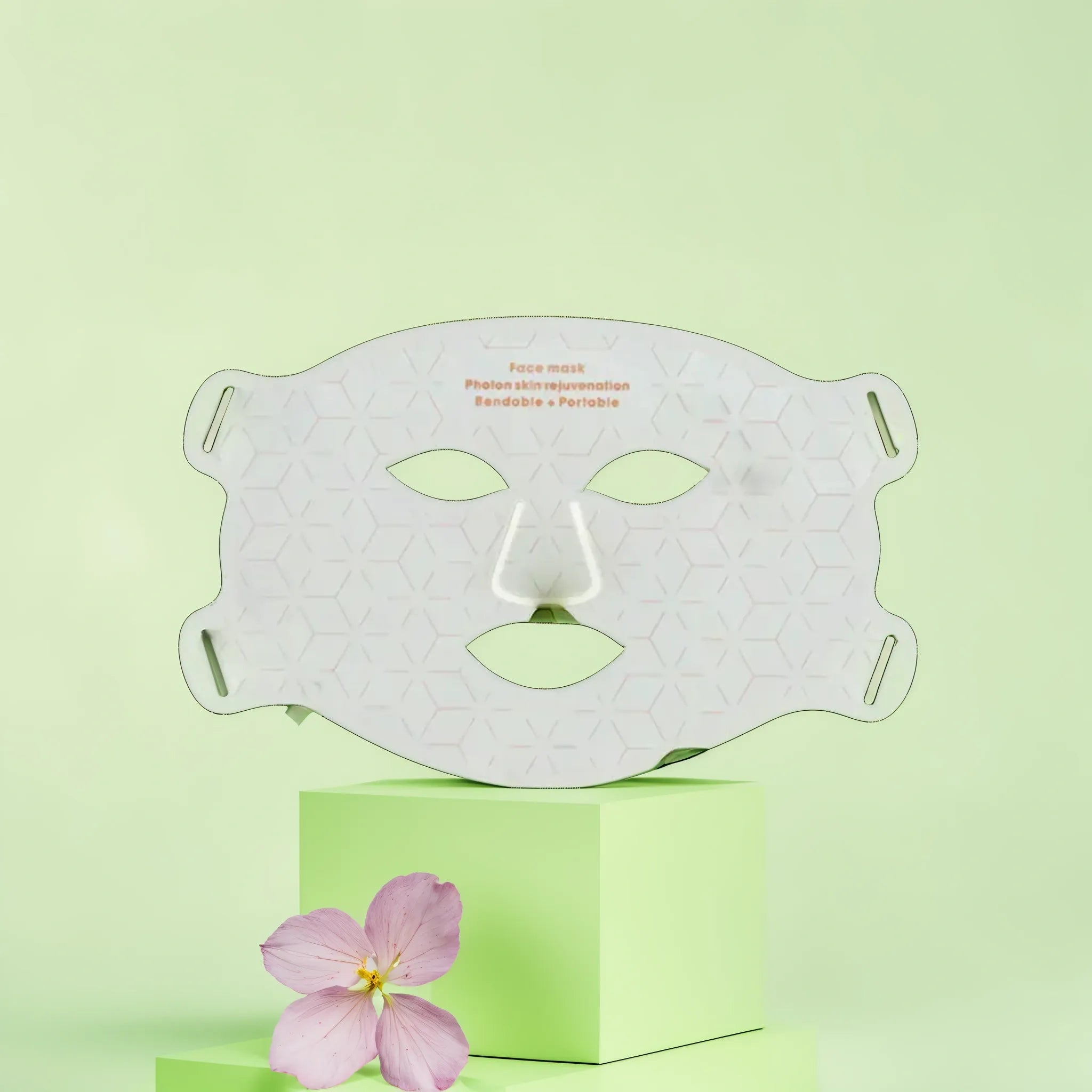
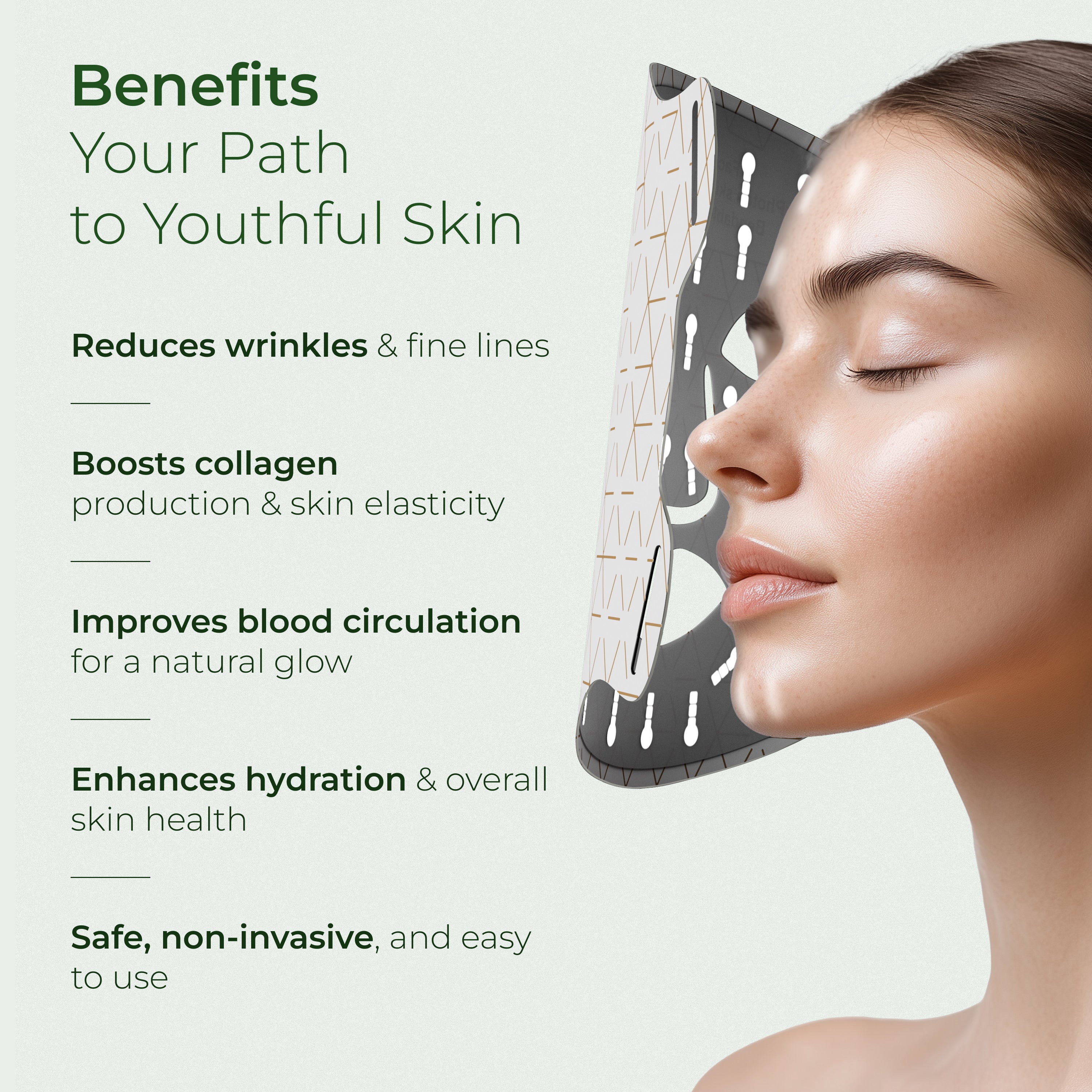


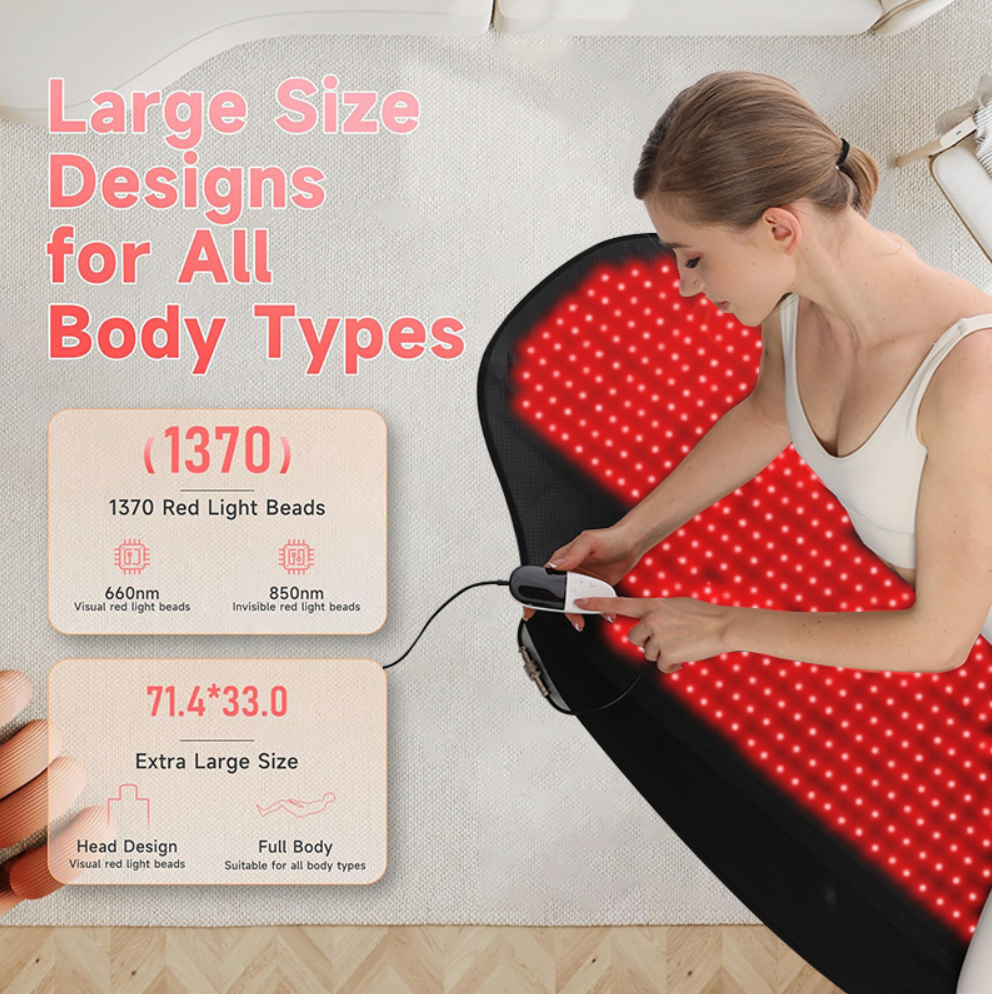
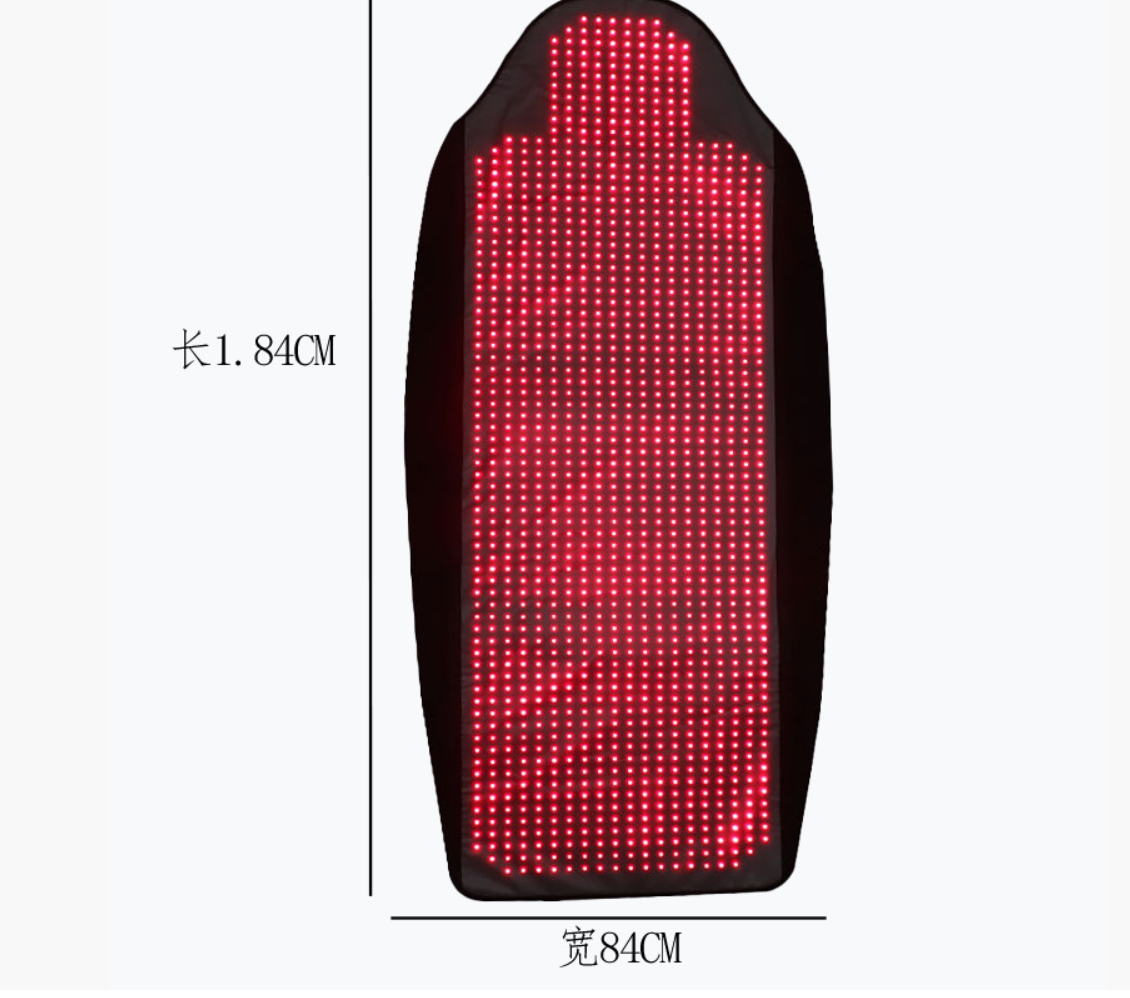
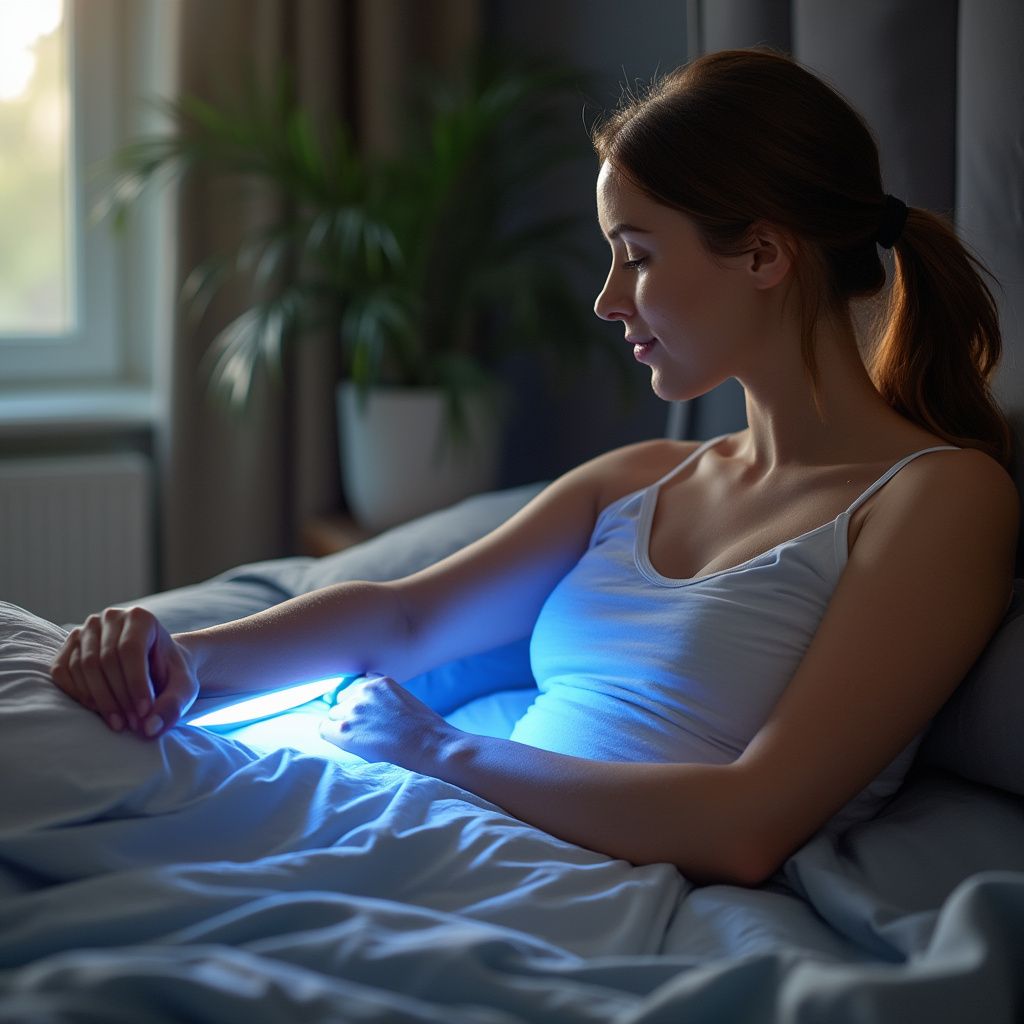
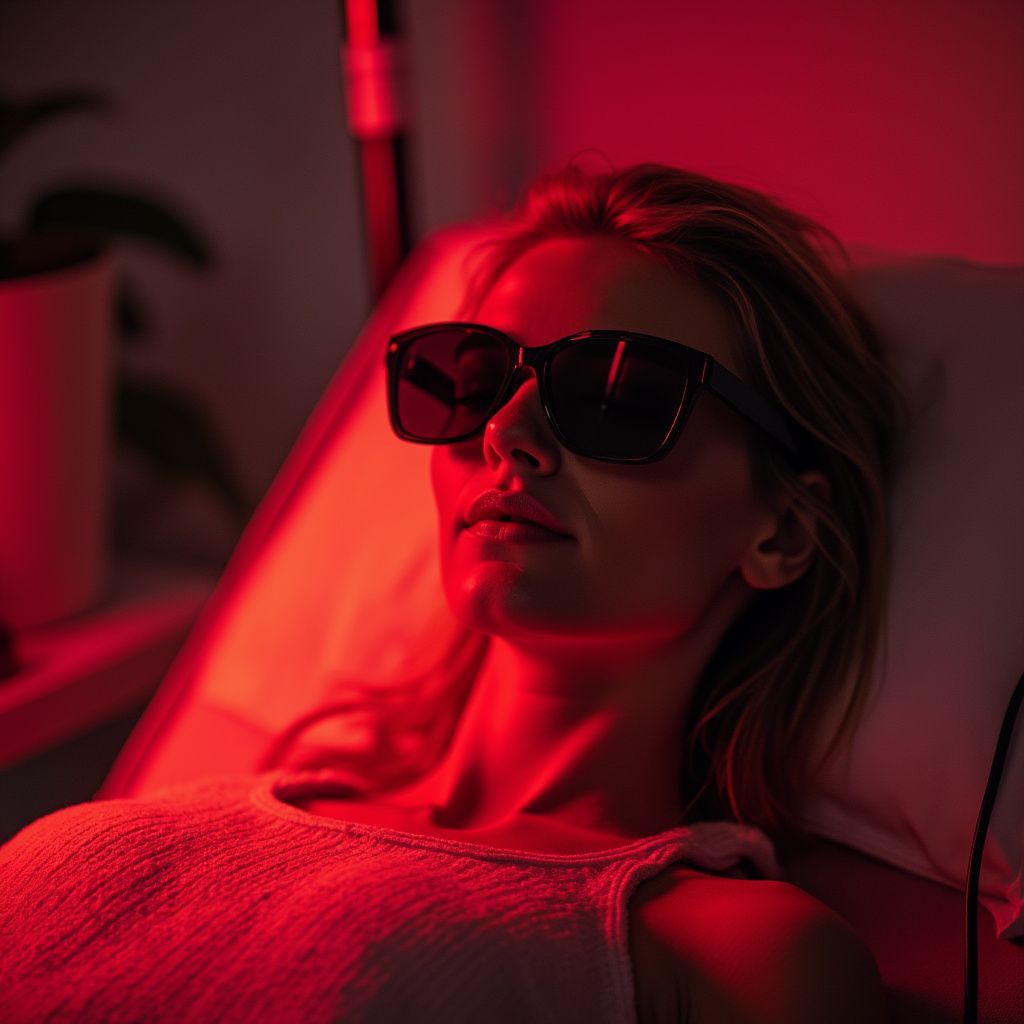
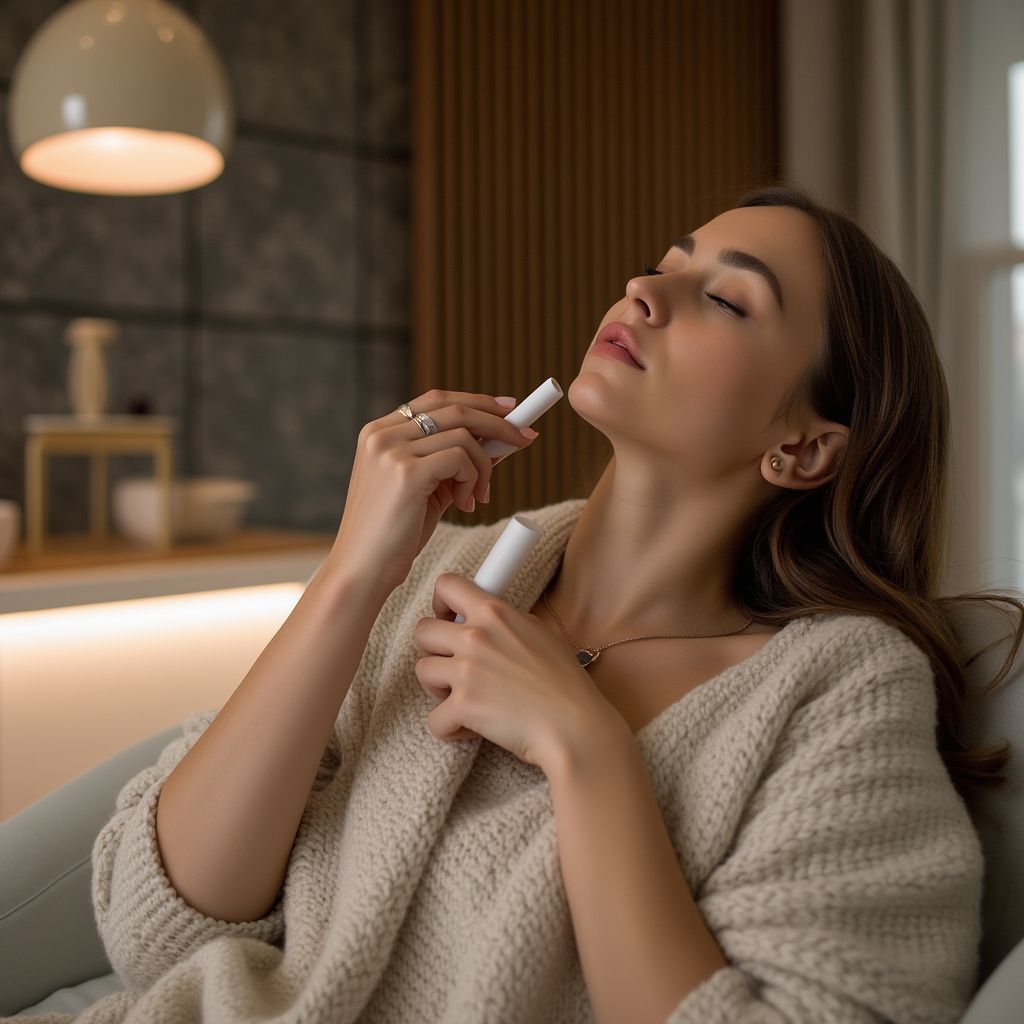
Dejar un comentario
Este sitio está protegido por hCaptcha y se aplican la Política de privacidad de hCaptcha y los Términos del servicio.